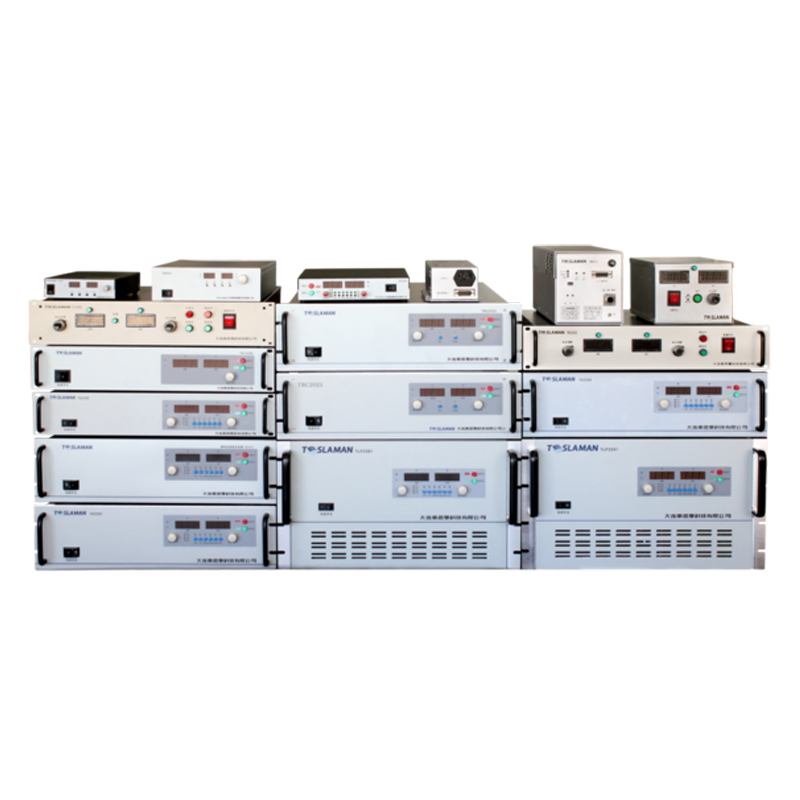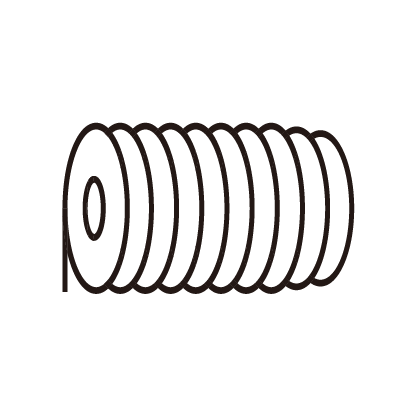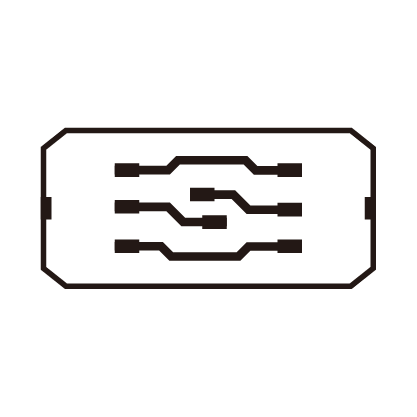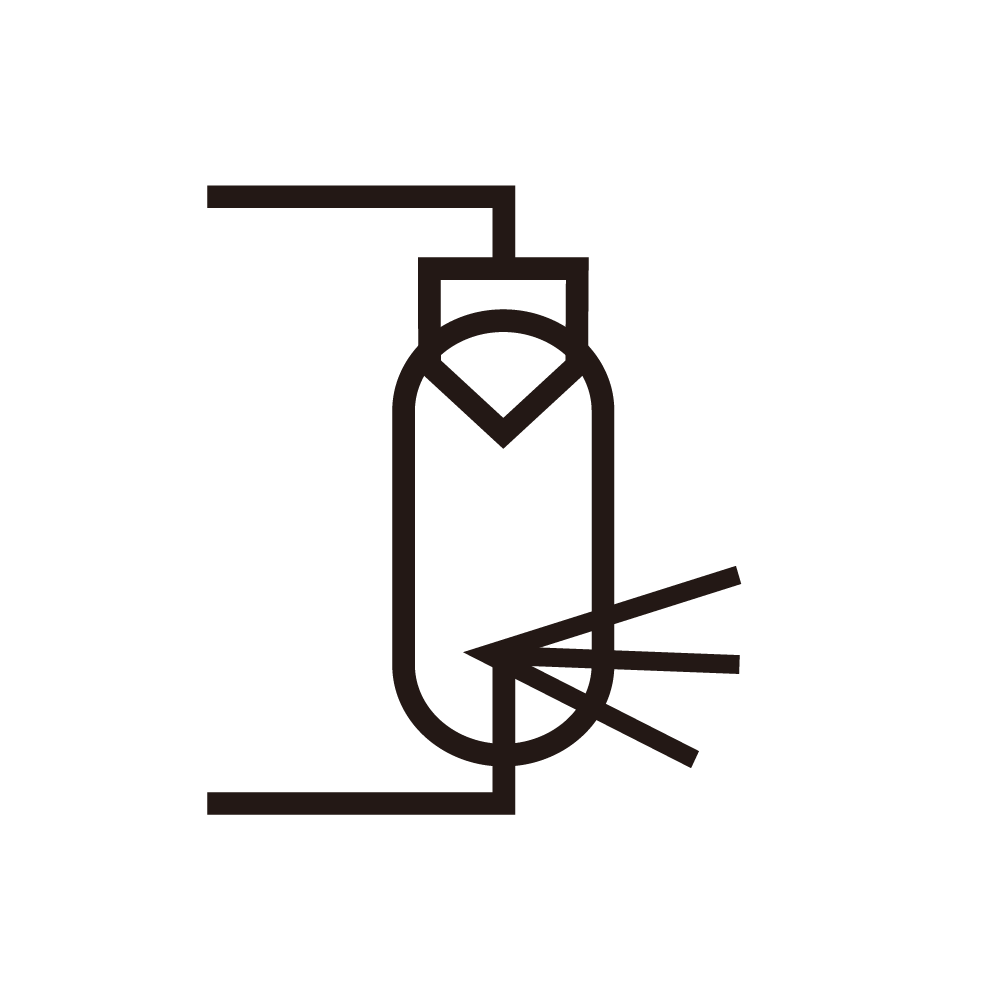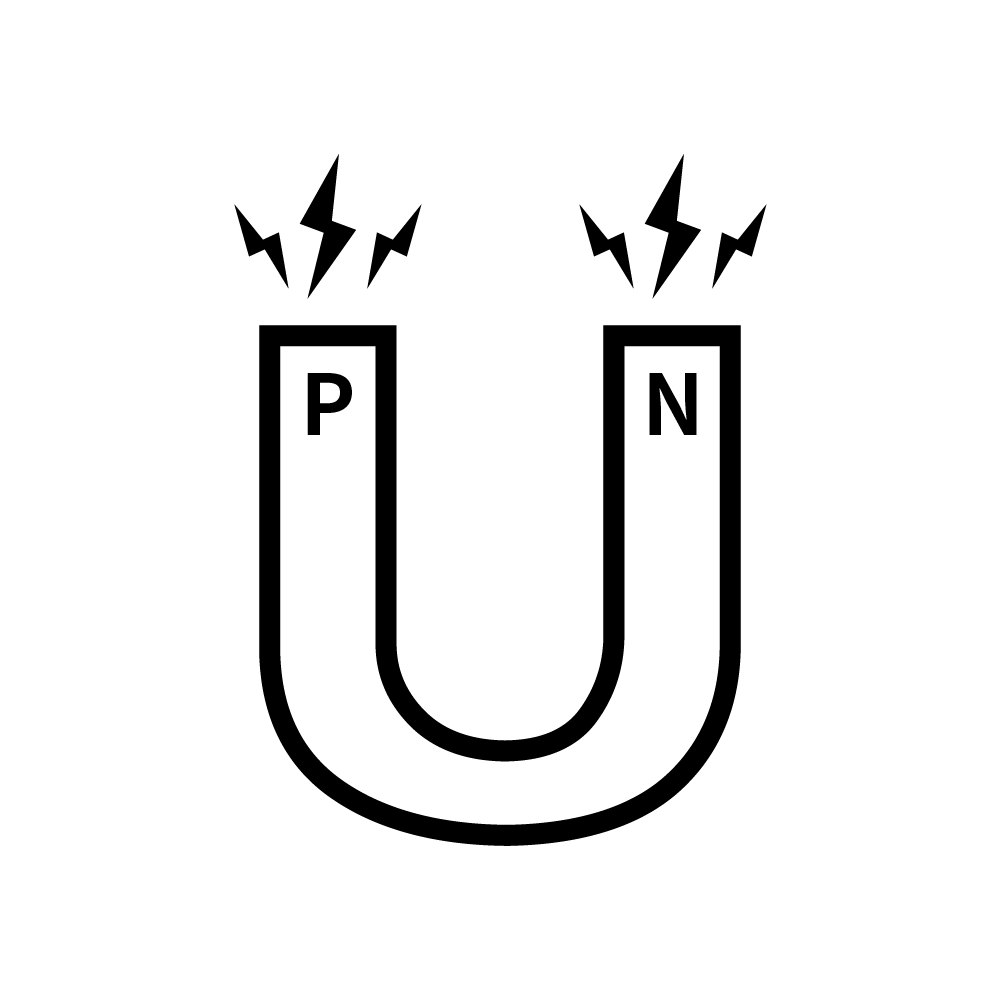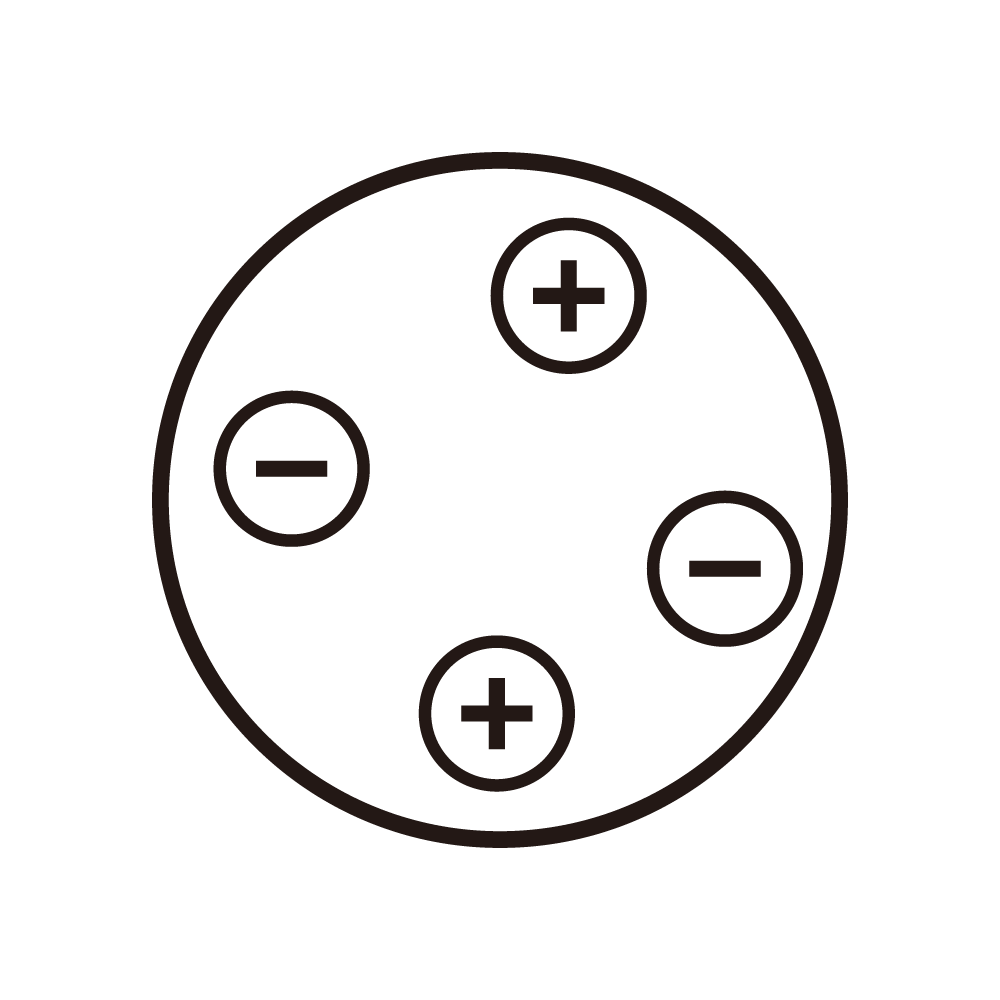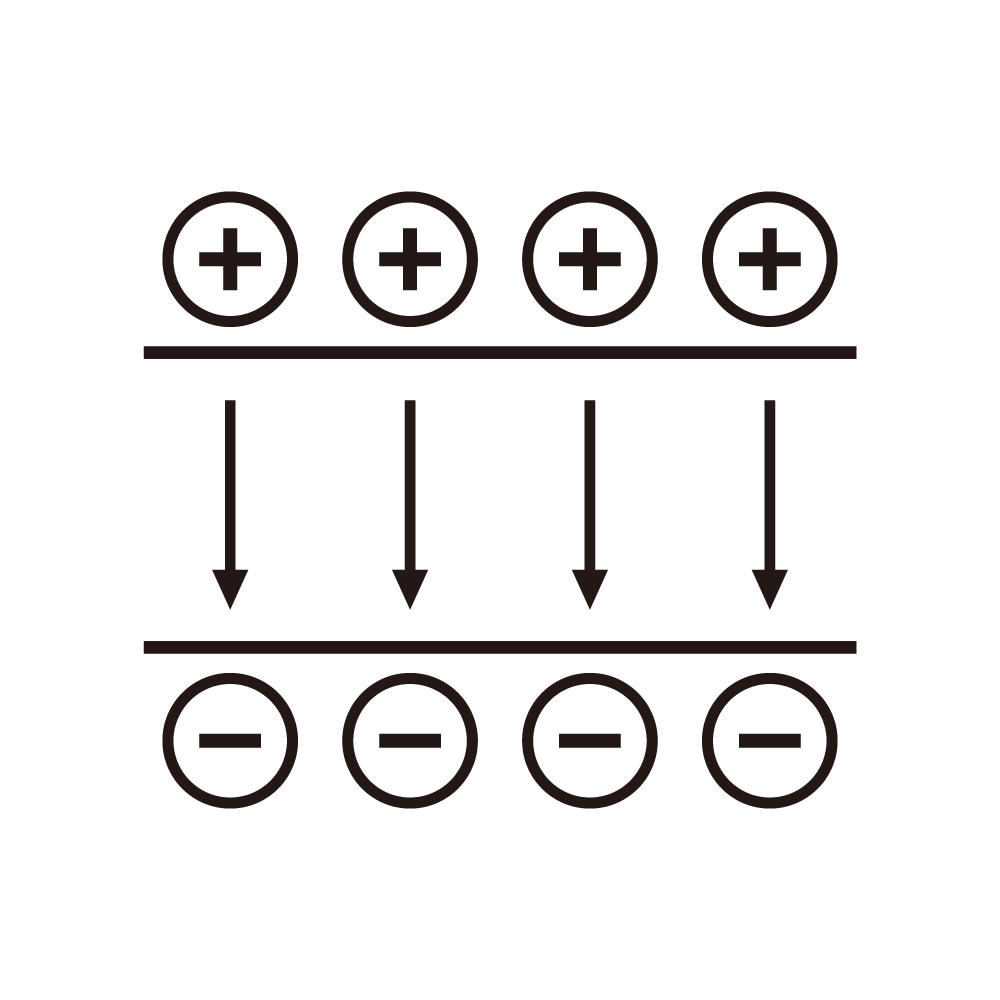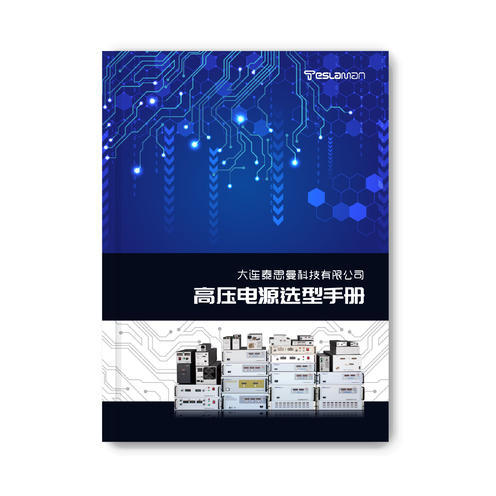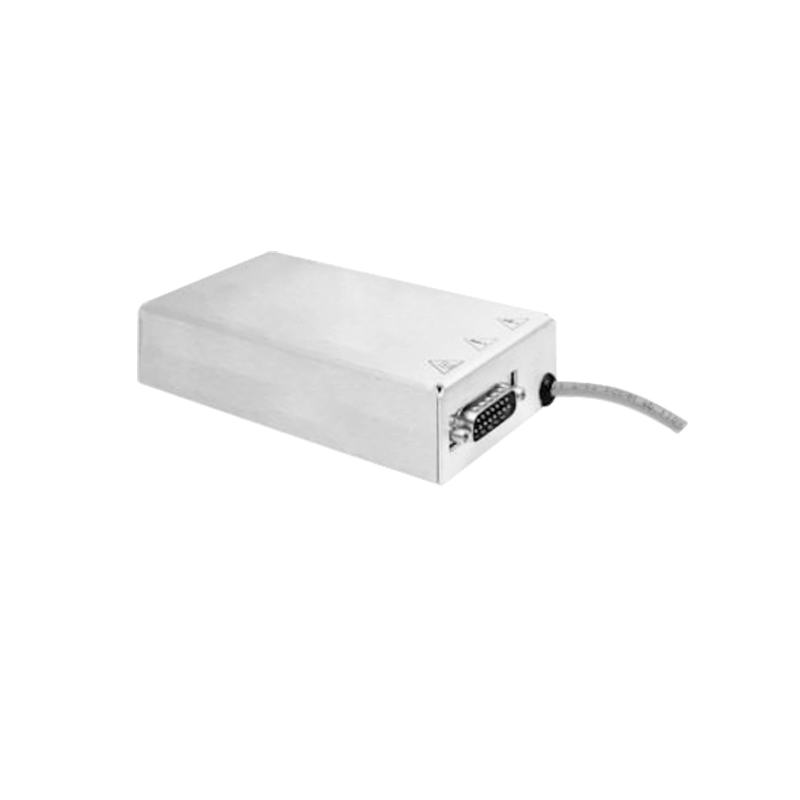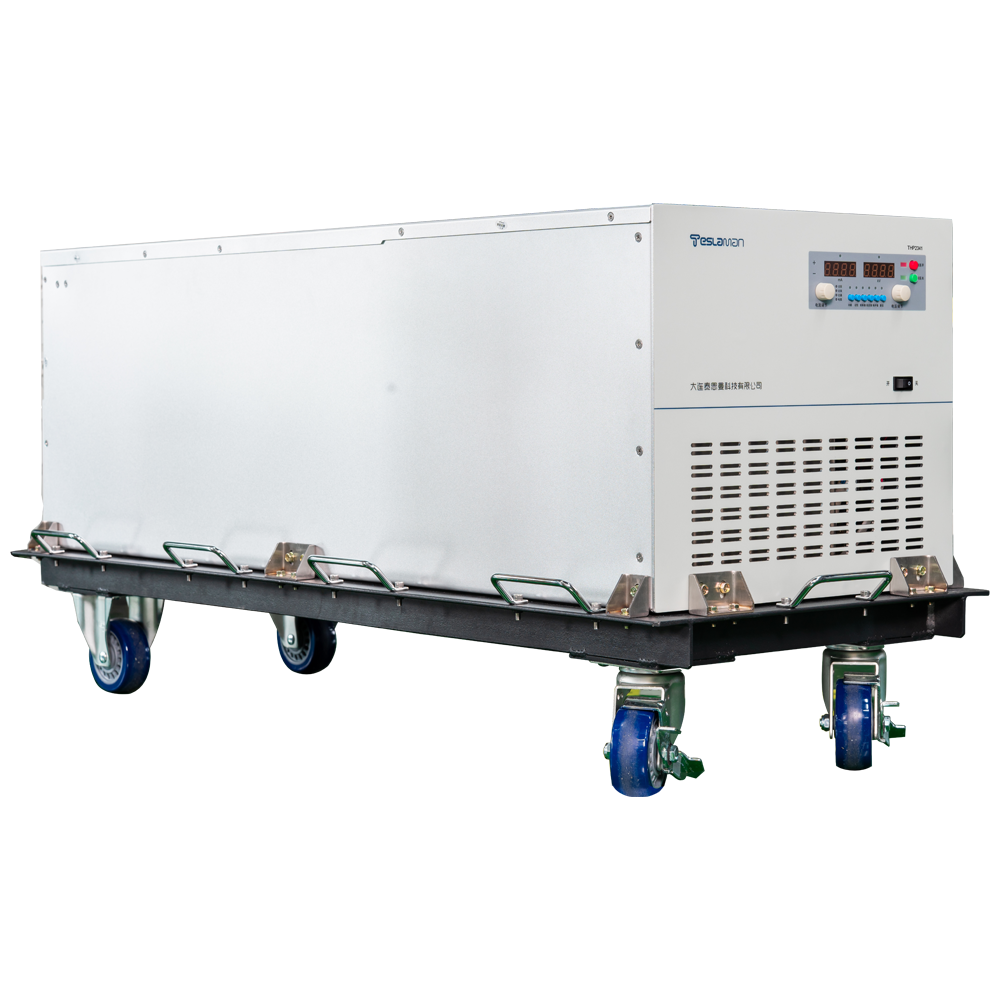Performance Improvement of High-Voltage Insulation Materials for KV-Class Power Supplies
Introduction
High-voltage insulation materials are the core of KV-class power supplies, as their performance directly determines the power supply’s breakdown voltage, operating temperature range, and service life. Traditional insulation materials (e.g., pure epoxy resin) face challenges such as low breakdown field strength (≤20kV/mm) and poor thermal aging resistance, limiting the development of high-power, compact KV-class power supplies.
Improvement Directions
Nanocomposite modification is a key approach. By adding 2–5wt% of surface-modified nanomaterials (e.g., TiO₂, Al₂O₃ nanoparticles) to epoxy resin, the breakdown field strength of the material can be increased to 28–32kV/mm. The nanomaterials act as "charge traps," inhibiting the movement of free charges and delaying the formation of electrical trees—an important mechanism of insulation failure. Additionally, the thermal conductivity of the nanocomposite is improved by 30–40%, enhancing heat dissipation and reducing thermal aging caused by local hot spots.
Organic-inorganic hybrid materials are another innovation. Combining polyimide (PI) with ceramic materials (e.g., SiO₂) through sol-gel technology creates a hybrid insulation material with both the flexibility of organic polymers and the high-temperature resistance of inorganic ceramics. This material can maintain stable insulation performance at temperatures up to 250°C (compared to 180°C for pure PI) and has a dielectric loss tangent (tanδ) of ≤0.002 at 50Hz, reducing energy loss during power conversion.
Process optimization also plays a vital role. The vacuum casting process for insulation materials is improved by controlling the vacuum degree (≤1Pa) and curing temperature curve (ramping at 2°C/min to avoid bubble formation). This reduces the number of internal voids (a major cause of breakdown) by over 80%, further improving the material’s insulation reliability.
Application Effects
In a 50kV high-voltage test power supply, the modified nanocomposite insulation material enabled the power supply to operate continuously for 10,000 hours without breakdown, while the service life of the power supply was extended by 50% compared to using traditional epoxy resin. The hybrid material, when applied in high-temperature industrial KV power supplies, reduced the failure rate due to thermal aging by 65%.
